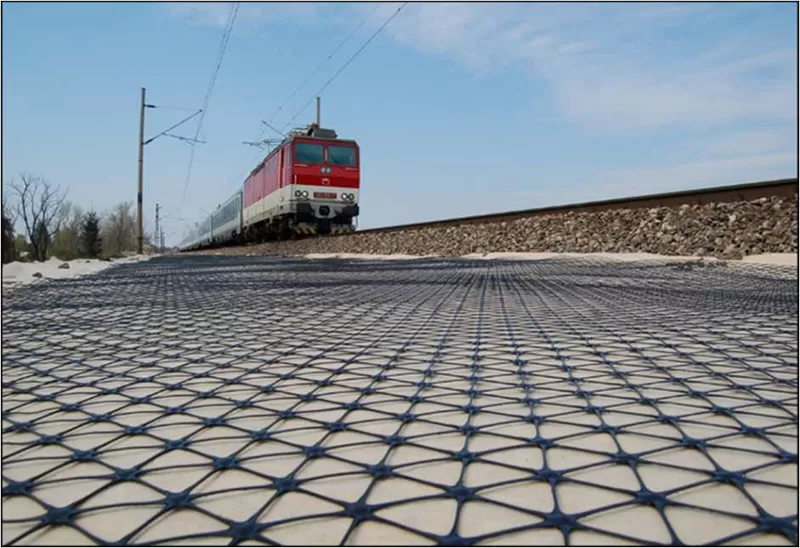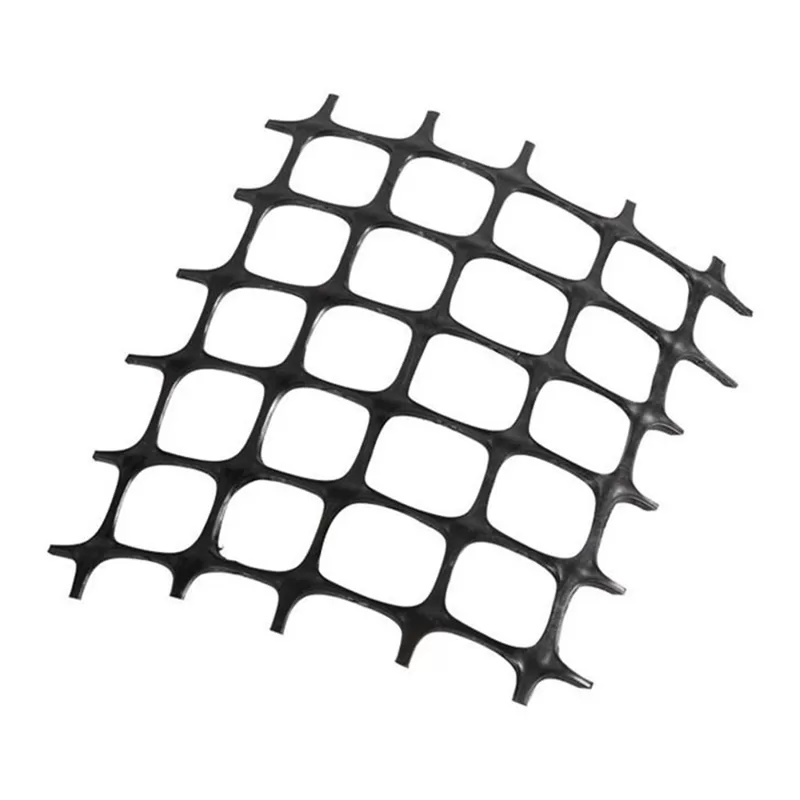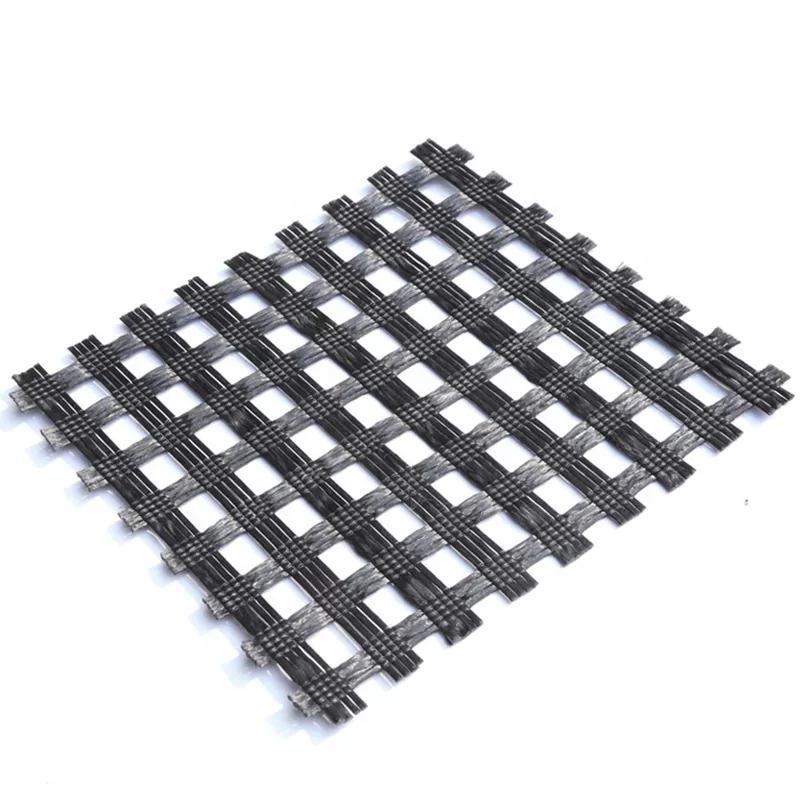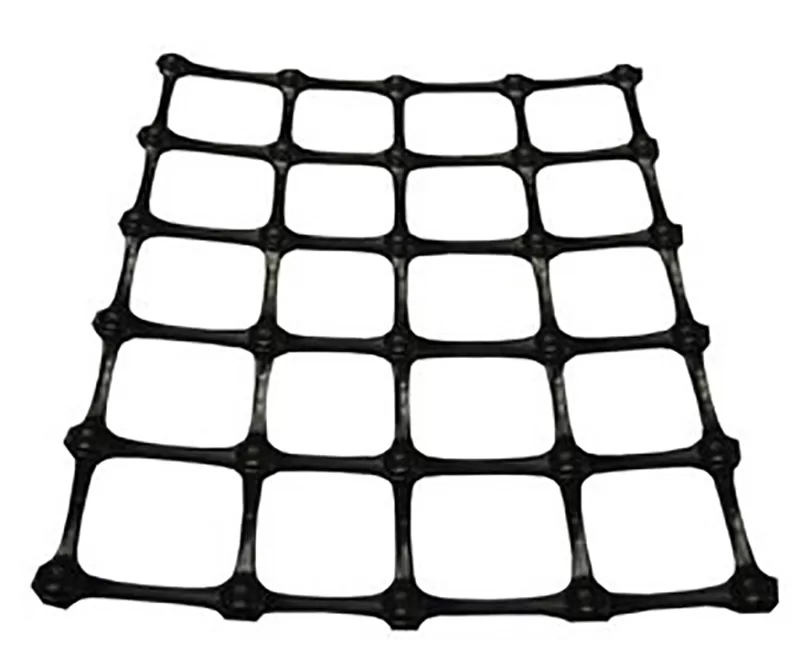+86-159 9860 6917
info@geofantex.com
geofantex@gmail.com
+86-400-8266163-44899
The concept of geogrids is revolutionizing the way we think about constructing durable, long-lasting driveways. This innovative technology not only offers a sustainable solution to common driveway woes but also enhances the overall performance and lifespan of pavement structures. In this article, we delve into the essence of geogrids for driveways, exploring their benefits, types, functions, and applications in creating geogrid roads. Join us as we navigate through the intricate world of geogrid technology and its pivotal role in modern driveway construction.

Is Geogrid Good for Driveways?
Absolutely. Geogrids are an excellent choice for driveways due to their unique ability to distribute loads evenly, thereby reducing pressure on the underlying soil. This feature is crucial in preventing common issues such as rutting, cracking, and sinking that driveways often face over time, making them perfect for driveway installations on slopes and/or flat areas. Additionally, geogrids enhance the structural integrity of driveways, making them more durable and resistant to the wear and tear caused by weather conditions and vehicle traffic. By integrating geogrids into driveway construction, homeowners can enjoy a more stable, long-lasting surface with minimal maintenance requirements.
What are the Three Types of Geogrid?
Geogrids are available in a variety of forms, including Uniaxial, Biaxial, Triaxial (Triax®), and Geogrid-Geotextile Composites, each designed to serve specific functions and applications:
- Uniaxial Geogrids: These geogrids are engineered to bear high loads in one direction. They are primarily utilized for wall and slope reinforcement, where tension is predominantly in a single direction.
- Biaxial Geogrids: Biaxial geogrids have the capability to distribute loads evenly in two directions. This characteristic makes them ideal for applications such as driveways, where pressure emanates from multiple directions due to vehicle movements.
- Triaxial Geogrids (Triax®): With a multi-directional structure, Triaxial geogrids provide superior load distribution across multiple directions. This type is exceptionally effective in pavements and foundations, ensuring a uniform distribution of tension is maintained.
In addition to these, Geogrid-Geotextile Composites combine the benefits of geogrids with the filtration and separation properties of geotextiles, offering a multifunctional solution for complex engineering challenges. This range of geogrid types underscores the versatility of geogrid technology in addressing various ground stabilization needs.

What is the Function of Geogrid in Pavement?
Geogrids come in three primary types, each designed to serve specific functions and applications:
The primary function of a geogrid in pavement construction is to reinforce the pavement structure, thereby improving its load-bearing capacity and durability. Integrating geogrids into the pavement mechanically improves the engineering properties of the pavement system. This enhancement allows for more efficient distribution of loads, reducing the risk of deformation and extending the pavement’s lifespan. Furthermore, geogrids promote better interlock among aggregate particles, which enhances resistance to shear forces. This reinforcement mechanism significantly improves the pavement’s performance, especially in areas subjected to high traffic loads or adverse environmental conditions.
What is a Geogrid Road?
A geogrid road refers to a road constructed with the integration of geogrid materials within its base or subbase layers. This innovative construction technique is designed to enhance the road’s structural integrity and load-bearing capacity. Geogrids are specifically designed to interlock with and confine the aggregate, creating a mechanically stabilized layer (MSL) that evenly distributes the load. This capability allows the road to withstand heavier traffic and adverse weather conditions without succumbing to common issues such as rutting, cracking, or potholing. The strategic use of geogrids in road construction not only extends the road’s lifespan but also contributes to a smoother and safer driving experience.
The integration of geogrid technology in driveway and road construction marks a significant advancement in civil engineering practices. With its remarkable ability to reinforce structures, distribute loads, and enhance durability, geogrids offer a practical and efficient solution to the challenges of pavement construction and maintenance. Whether it’s through improving the performance of driveways or extending the lifespan of roads, geogrids play a pivotal role in shaping the future of infrastructure development. By embracing this innovative technology, we can look forward to more resilient, efficient, and sustainable pavement structures.



Get Free Sample
We’ll respond as soon as possible(within 12 hours)






















